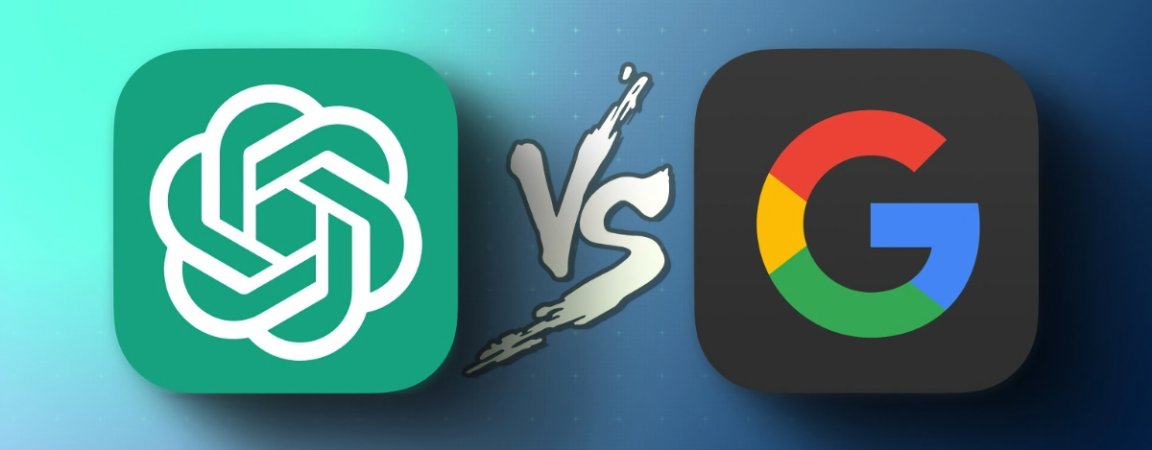At the beginning I would like to note a couple of general points, and then separately go through the stated features.
The first is the inability of Bard to work with the Russian language (unlike ChatGPT). It may be added in the future.

Second, but equally important is access. For both AIs, the ability to work from the Russian Federation is closed. In ChatGPT you can start working from American IPs, but then switch and continue it from other addresses, while with Bard it was not possible to work “From Europe”.
Cost
Bard is free (ChatGPT-4 costs $20/month, ChatGPT-3.5 is free)
Internet search
Bard has Internet access in real time.
As an example, prompt: “Tell me 5 popular songs of April 2023.”

Also has the ability to search for links on Google to check the source.

Voice typing
Bard has the ability to use voice typing. It feels like it's using the same tool as Google Translate.

Understands only English speech. The text after voice typing can be edited.
3 answer options
Bard allows you to choose from 3 generated options:

Unlike ChatGpt, which only has a function for regenerating a response, which you need to wait again.
Website Squeeze
You can ask a question about a specific page.
For example, we asked for a summary of Arthur Hayes's latest article and Bard gave us NONSENSE! Instead of $1 million for 1 BTC, Bard said that Arthur is expecting a strong correction! And not a word about the risks of the dollar system.

But when testing other, less voluminous articles and sites, the result was satisfactory.

Access to plugins
Bard will have the ability to connect to different plugins, for example Spotify, indeed, Adobe Firefly, Youtube. There is no detailed information yet.

Export Results
Bard has the ability to export the result of each prompt to a document or create a draft for sending by email.

Google will integrate Bard with many of your services. And for sure, it will appear in Gmail as an email writing assistant.
Explaining the Code
Bard can explain the code in simple terms and help you understand it
Example request:
Can you explain the AutoGPT code to mу [https://github.com/significant-gravitas/auto-gpt] {Explain the AutoGPT code}

Training the model
According to Google, Bard is trained on an infinite amount of data, and ChatGPT training stopped on 2021 data.
Working with History and Chats
Bard allows you to view your request history and reset the conversation in the current chat. (you may notice that in the history Bard is called LaMDA - Language Model for Dialogue Applications)

However, it does not allow you to work with previous chats like ChatGPT. In general, when using Bard there is no feeling of a full-fledged dialogue, but perhaps they will finish this later.
Working speed and Interface
It feels like generation in Bard is faster, than in ChatGPT-3.5, however, the number of requests is still small and it is not known how the result will change if the number of users of the product increases.
Bard's interface immediately reminds you that you are working with a Google application - lightweight and modern. For ordinary users. The choice of additional drafts is conveniently implemented. ChatGPT looks simpler, the design is less modern. However, it is much more convenient to work with chats and history.
Hallucinations
During the test, we caught Bard hallucinating several times. This is the name of the phenomenon when the AI is buggy and writes complete nonsense.
For example, instead of answering that he couldn’t get subtitles out of a Youtube video, he brazenly came up with 3 different videos and made a squeeze out of them.

Conclusion< /h2>
Bard has very great potential, because... integration with numerous Google services is immediately planned, which is still in its infancy.
Internet access has been implemented - access to up-to-date information, and this is the first thing I wanted to attach to ChatGPT. Now it looks like an advanced Google search engine.
The voice set is quite standard and is tied to pronunciation and diction, especially since it is not available in the native language. He will not be able to free your hands completely.
Several generation options are still quite weak - the first one will be the most accurate. Regenerating a response in ChatGPT sometimes produces results that are better than the first, but you still have to wait as with a new request.
Working with chats deserves special mention. In ChatGPT, each new chat is a separate dialogue from scratch, which has a consistent structure. It does not work perfectly, sometimes the AI “forgets” the above settings or, conversely, responds according to one of the previous settings, and not the last one. Thanks to the dialogue, additional information can be loaded into it, including information that goes beyond the character limit for one message. All this, despite the disadvantages, gives rise to a pleasant illusion of working with a living intellect, which draws in and provokes new experiments. And Bard lacks all this - he is still too formal and certainly talks about his state of being “in development.” We are waiting for its update.
In general, Bard is still raw and cannot replace ChatGPT where it is used. However, there are several unique features and the potential is huge, but its implementation will take time - we’re waiting.
Link to Bard: https://bard.google. com/
Link to ChatGPT: https://chat. openai.com/


